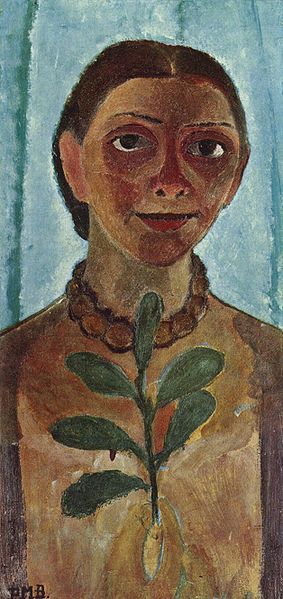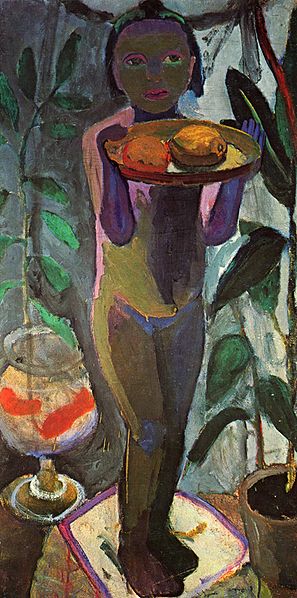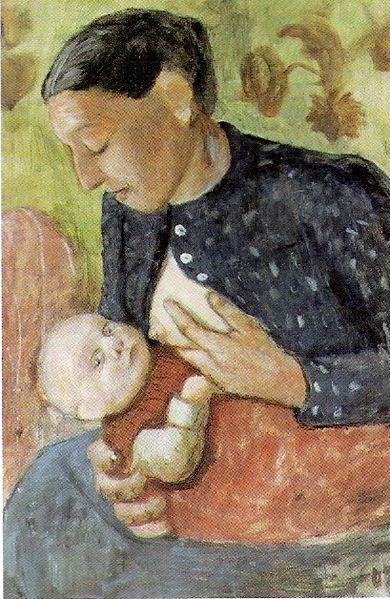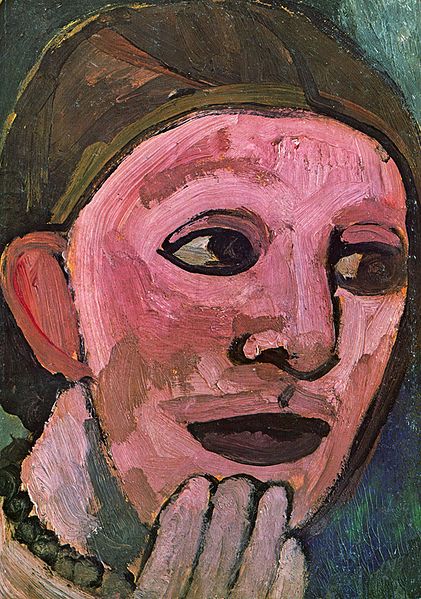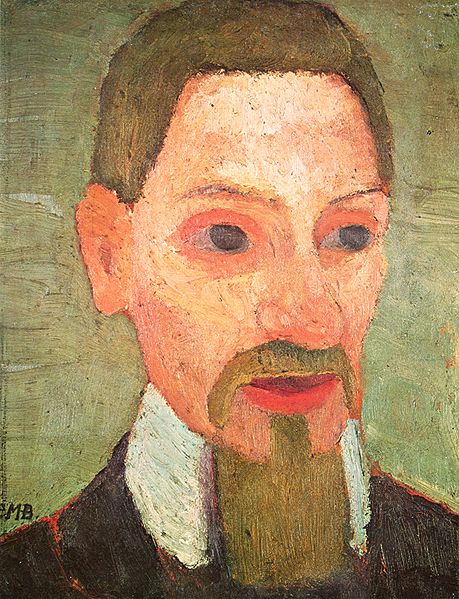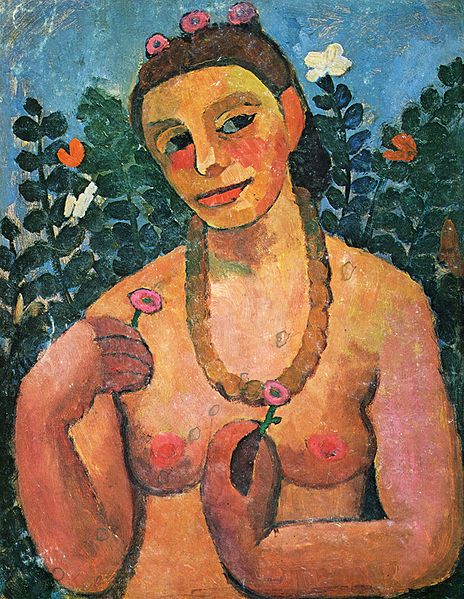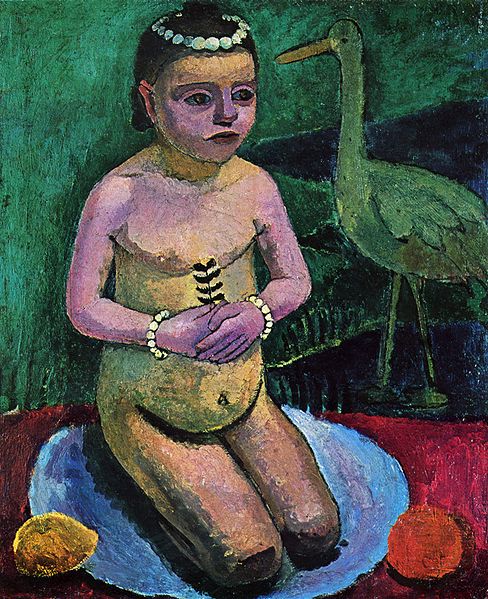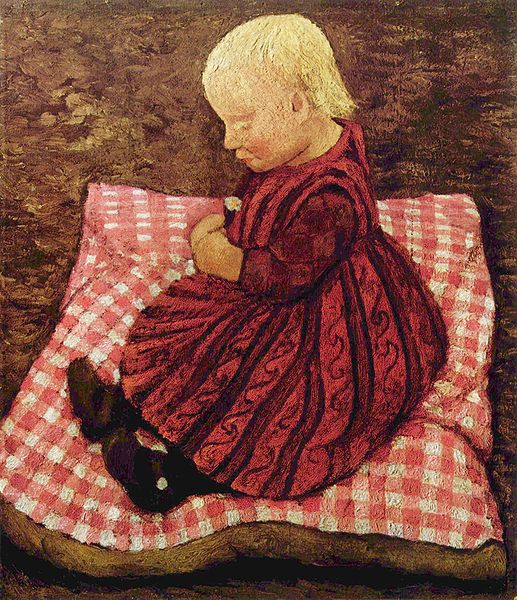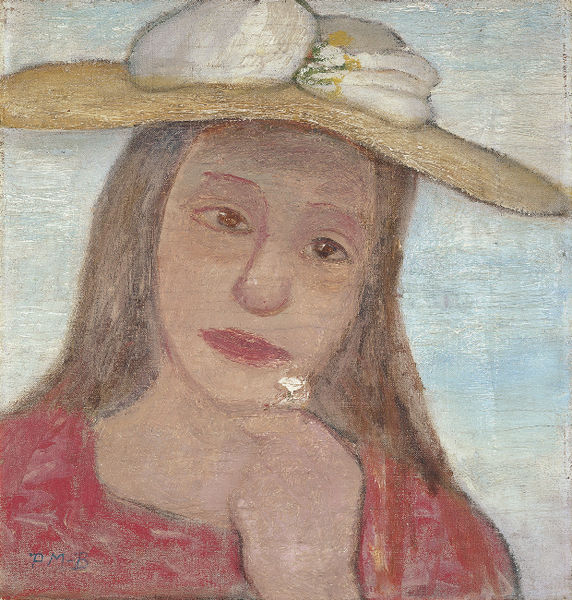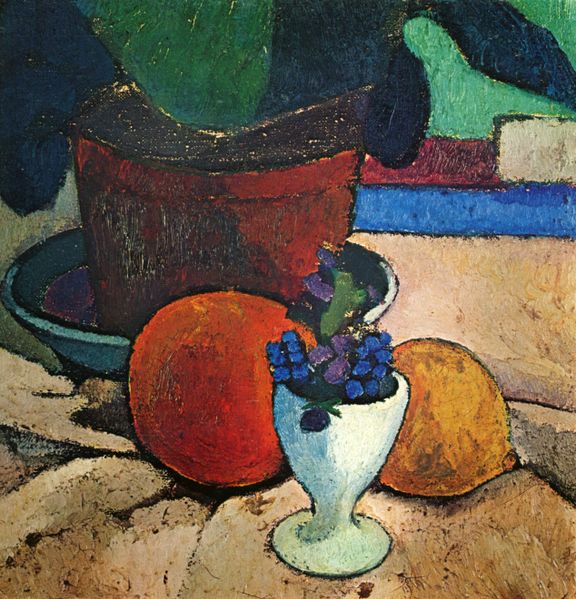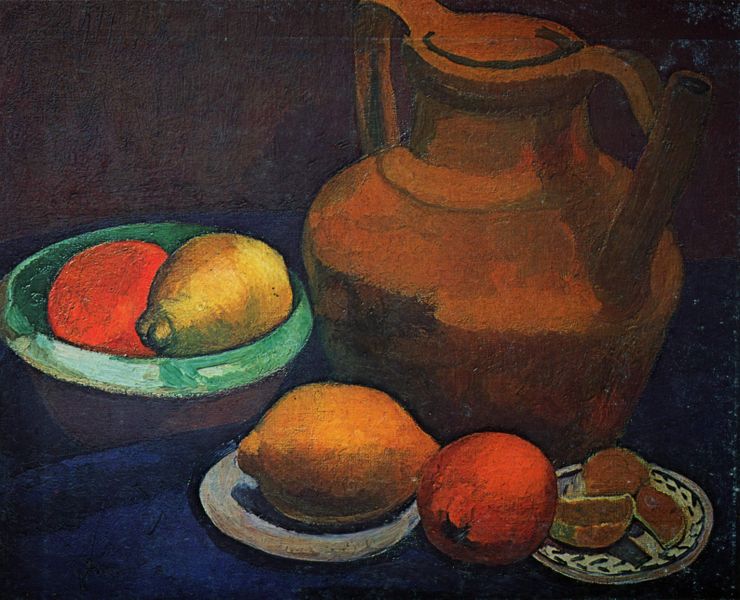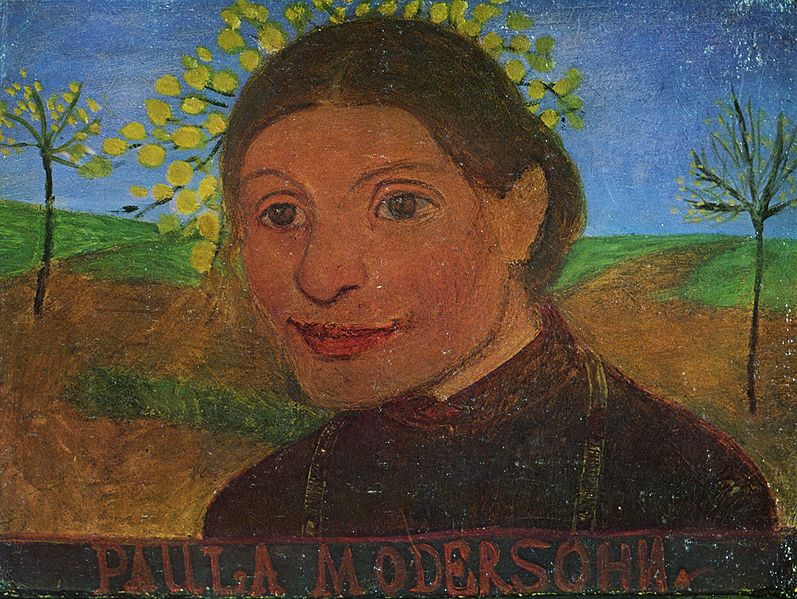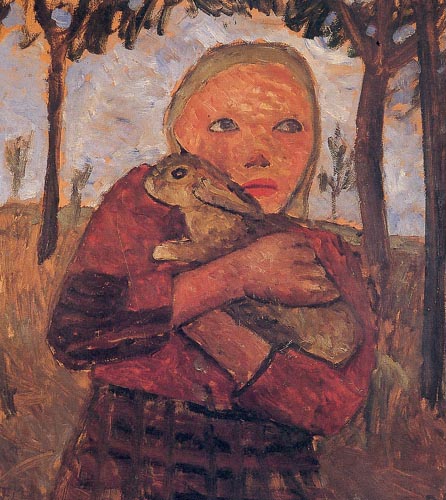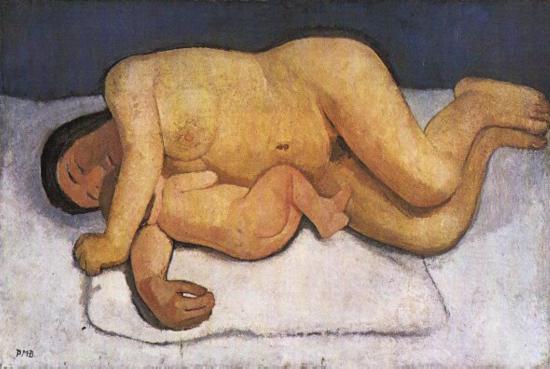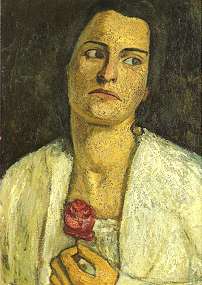<Back to Index>
- Philosopher Martin Buber, 1878
- Painter Paula Modersohn Becker, 1876
- Emperor of the Byzantine Empire Constantine XI Dragasēs Palaiologos, 1405
PAGE SPONSOR
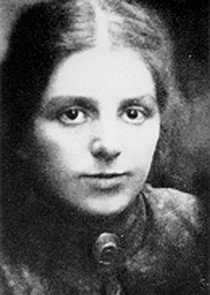
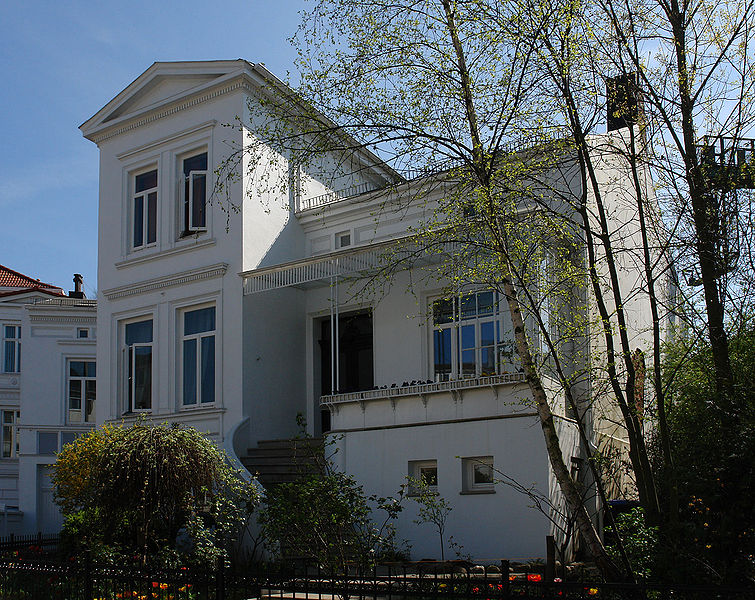
Paula Modersohn-Becker (February 8, 1876 – November 21, 1907) was a German painter and one of the most important representatives of early expressionism. In a brief career, cut short by an embolism at the age of 31, she created a number of ground breaking images of great intensity.
Paula Becker was born and grew up in Dresden-Friedrichstadt. She was the third child of seven children in her family. Her father who was the son of a Russian university professor, was employed with the German railway. He and Modersohn - Becker's mother, who was from an aristocratic family, provided the children a cultured and intellectual environment in the household. In 1888 her parents moved from Dresden to Bremen. While visiting an aunt in London, England, she received her first instruction in drawing. Apart from her teacher's training in Bremen in 1893 - 1895, Paula took private instruction in painting. In 1896 she participated in a course for painting and drawing sponsored by the "Verein der Berliner Künstlerinnen" (Union of Berlin Female Artists) which offered art studies to women.
At the age of 22, she encountered the artistic community of Worpswede. In this "village", artists such as Fritz Mackensen (1866 - 1953) and Heinrich Vogeler (1872 - 1942) had retreated to protest against the domination of the art academy and life in the big city. At Worpswede, Paula Modersohn - Becker took painting lessons from Mackensen. The main subjects were the life of the farmers and the northern German landscape. At this time she began close friendships with the sculptor Clara Westhoff (1875 - 1954) and the poet Rainer Maria Rilke (1875 - 1926). She also fell in love during this period, and in 1901 she married a fellow Worpswede painter, Otto Modersohn. In marrying Otto, she also became a stepmother to Otto's daughter, Elsbeth Modersohn, the child from his first marriage to Helene Modersohn, then deceased.
Between 1900 and 1907, Paula made several extended trips to Paris for artistic purposes, sometimes living separately from her husband, Otto. During one of her residencies in Paris, she took courses at the École des Beaux-Arts. She visited contemporary exhibitions often, and was particularly intrigued with the work of Paul Cézanne. Other post impressionists were especially influential, including Vincent Van Gogh and Paul Gauguin. Fauve influences may also appear in such works as Poorhouse Woman with a Glass Bottle. The influence by the work of French painter, Jean-Francois Millet, who was widely admired among the artists in the Worpswede group, may be seen in such pieces as her 1900 Peat Cutters. In her last trip to Paris in 1906, she produced a body of paintings from which she felt very great excitement and satisfaction. During this period of painting, she produced her initial nude self-portraits (something surely unprecedented by a female painter) and portraits of friends such as Rainer Maria Rilke and Werner Sombart. Some critics consider this period of her art production to be the strongest and most compelling.
In 1907, Paula Modersohn-Becker returned to her husband in Worpswede. Their relationship, which had been particularly strained in 1906, had taken a turn towards improvement. Paula's long-lived wish to conceive and bear a child was fulfilled. Her daughter Mathilde (Tillie) Modersohn was born on November 2, 1907. Paula and Otto were joyous. Sadly, the joy became soon overshadowed by tragedy, as Paula Modersohn-Becker died suddenly in Worpswede on November 20 from an embolism.
In
1908, Rainer Maria Rilke wrote the renowned poem, "Requiem for a
Friend", in Paula's memory. The poem was born of the imprint that
Paula's life, death and friendship left upon Rilke. Her daughter Tillie (1907-1998) founded the Paula Modersohn-Becker-Foundation (Paula Modersohn-Becker-Stiftung) in 1978. A 1988 German stamp had her face on it.
